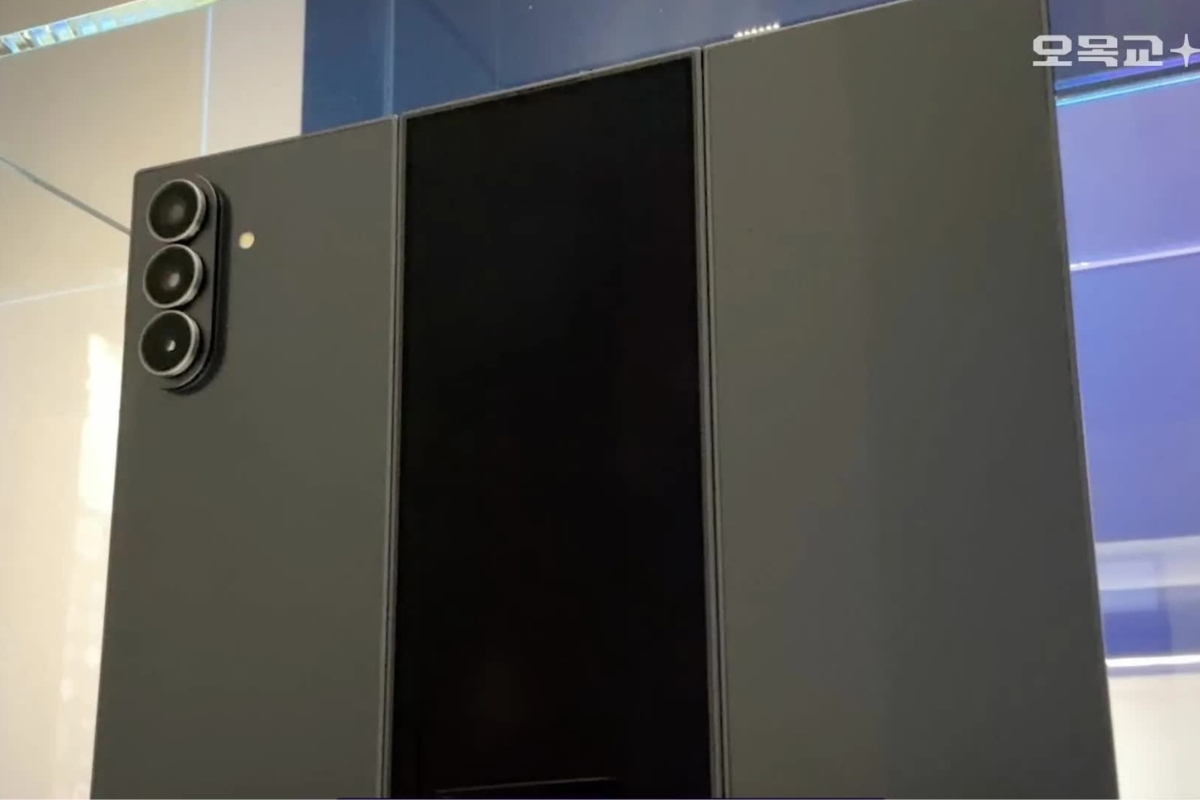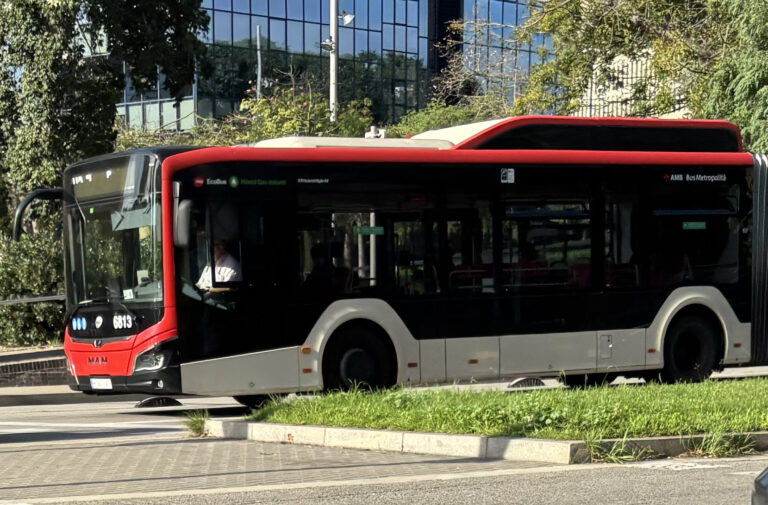Electric Vehicle Charging Stations Have Become a Favorite Target for Copper Thieves

⬤ Copper thieves are increasingly targeting EV charging stations in Germany, hitting 70 in a single day.
⬤ Repairs can take over two weeks, driving up costs and reducing charging reliability for drivers.
⬤ Thefts threaten EV adoption, with companies scrambling for short-term fixes like cameras and detection systems.
Electric vehicle charging companies and drivers who rely on them are becoming increasingly frustrated by a growing global problem that has now begun spreading in one of the world’s biggest EV markets: Germany. According to local reports, thieves are targeting charging stations to steal the valuable copper inside charging cables.
Tom’s Hardware reported that thieves hit 70 charging stations in a single day. At this rate, maintenance and supply teams are struggling to keep up with repairs, as replacing stolen cables can take more than two weeks. On average, a single EV charging cable contains about 47 dollars’ worth of copper.
Copper theft is an old and persistent problem for consumers, businesses, and law enforcement which leaves no easy fix. Thieves typically target easily accessible locations such as construction sites, abandoned homes, and now EV charging stations. They steal copper wires and pipes, strip them, and sell them by weight at local scrap yards. Prices vary depending on the quality of the copper and market conditions, but it’s common for a thief to make hundreds of dollars or more in a single day.
This trend has far-reaching consequences. It starts with reduced reliability for drivers, as damaged charging points become unavailable, and extends to high repair and maintenance costs, which will inevitably be passed on to consumers, effectively becoming an extra “tax” on EV ownership.
Additionally, such incidents will likely slow the adoption of electric vehicles, especially since the availability and speed of charging remain among drivers’ biggest concerns. Many companies are now trying to combat the issue by installing cameras and developing faster detection systems for copper theft, allowing quicker repairs and minimizing downtime. However, these are only temporary fixes that address the symptoms, not the root cause, and they do little to prevent the thefts from happening in the first place.































